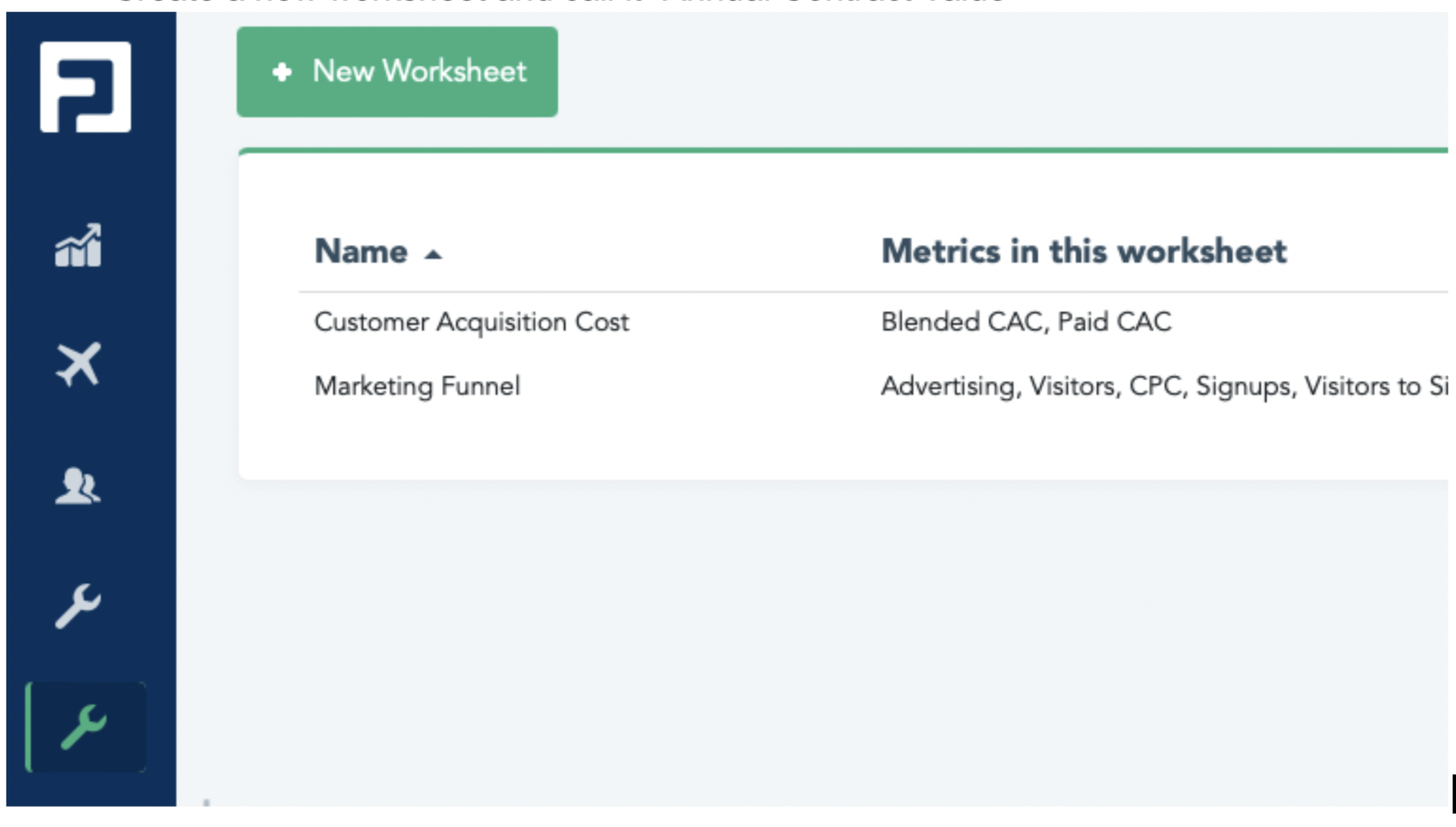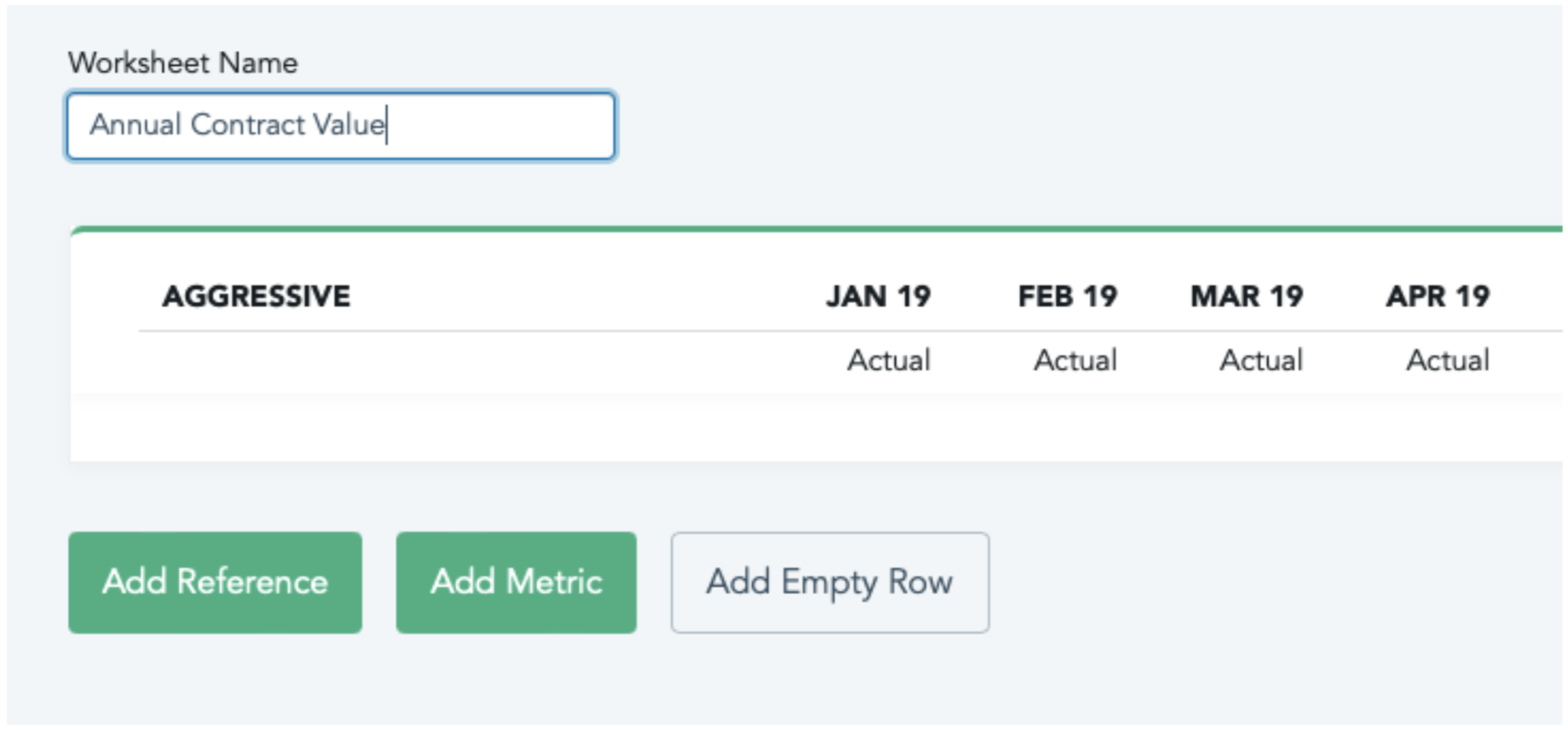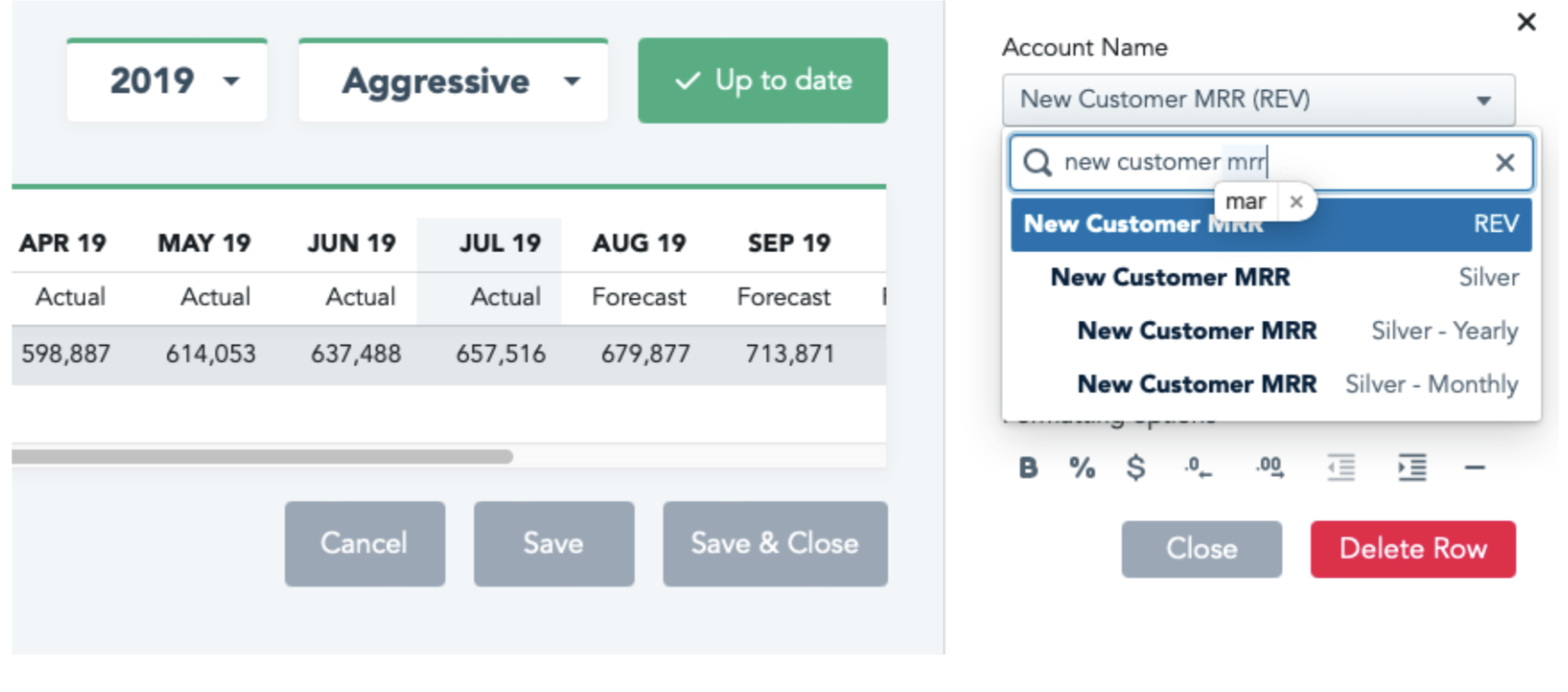Table of Contents
Modern SaaS businesses have access to more metrics than ever before. With the right tools in place, every interaction (from signup to churn) can be tracked, measured, and optimized.
Compared to the clunky, high-cost ERP systems of the 1990s, today’s analytics tools are faster, more accessible, and built for businesses of any size. Platforms like Baremetrics make it easy to turn complex data into clear, actionable insights.
But with so many acronyms floating around - ARR, LTV, TCV, ARPU, ACV- it’s easy to overlook key metrics that can actually move the needle.
One of those often-underused metrics? Annual Contract Value (ACV). Even if you’ve never used it before, you can probably guess what it means. But the real question is: how can tracking ACV help you grow your business?
What is Annual Contract Value (ACV)?
Annual contract value refers to the average annualized revenue per customer contract. Although ACV is not a standardized metric (meaning there’s no generally accepted calculation method), companies typically exclude one-time fees for setup or onboarding.
For example:
- Imagine you run a small B2B SaaS business that’s just signed two-year contracts for two customers with quarterly payments of $1,250. Your annual contract for each of these customers is worth $5,000.
- Or, imagine you’re VP of sales for a larger enterprise, and you’ve landed a new client on a 3-year contract with a total contract value of $180k. The ACV calculation of this deal would show $60,000.
- Finally, a B2C business selling access to a fitness app has achieved 250 paying customers at $50 per month. Each of these customers has an ACV of $600.
Why is ACV a Meaningful Metric?
ACV, or Annual Contract Value, doesn’t tell you much on its own; it simply reflects the average size of a customer contract over a year. But context is everything. The meaning of ACV depends on your business model.
For example, B2B SaaS companies often have high ACVs because they sell complex tools to enterprises that generate significant value from the product. A company like Salesforce or Microsoft might charge thousands per year, and businesses are happy to pay because the ROI is clear. On the flip side, B2C companies like Netflix or Spotify operate with much lower ACVs (often under $200) because they serve consumers directly at scale.
That doesn’t mean ACV is irrelevant. In fact, when paired with metrics like Customer Acquisition Cost (CAC) and Customer Lifetime Value (LTV), ACV becomes a powerful lens for understanding marketing efficiency and long-term profitability. It helps answer key questions, such as: How much revenue does each customer bring in annually? Are you acquiring customers profitably? How long will it take to recoup your acquisition spend?
Ultimately, ACV helps you understand the economics of your customer relationships, especially when used in context, not isolation.
How to Calculate ACV
There are a few ways to calculate Annual Contract Value and determine the average contract’s annual value, such as by market or customer segments, when your analytics tools allow it.
You can also use ACV to benchmark against other similar companies. However, make sure you use the same calculation method to compare apples to apples.
Most SaaS businesses only use contract revenue in their ACV calculation, although it’s not a standard metric like annual recurring revenue (ARR) or monthly recurring revenue (MRR). For comparable information, be sure to exclude:
- Setup costs
- Installation services
- Initiation fees
- Onboarding charges
Method #1 for long-term contracts: Divide total contract value (TCV) by the number of years in the contract. A three-year contract with $9,000 TCV plus a $250 setup fee is $3,000 annually.
By dividing the total segment TCV by the total contract periods, you can calculate the average for an entire segment or a larger group of customers.
$9,000 TCV = $9,250 total contracted revenue - $250 setup fees
![]()
By dividing the total segment TCV by the total contract periods, you can calculate the average for an entire segment or larger group of customers.
Method #2 for short-term contracts: annualize the total revenue from the subscription contract. For example, a six-month contract for $4,000 has an ACV of $8,000, assuming the contract automatically renews and you can keep the customer from churning.
![]()
How SaaS Businesses Should Use ACV as a Metric
As previously indicated, the ACV metric isn’t beneficial on its own. But when combined with or compared against other metrics, it can provide valuable insight to help you make data-driven sales and marketing decisions.
Again, a large or small ACV doesn’t make much difference. SaaS success depends on your business model and how much you spend to generate revenue.
The best metrics to combine with ACV are:
- Customer Acquisition Cost (CAC)
- Annual Recurring Revenue (ARR)
- Total Contract Value (TCV)
What insights can we gain from combining ACV and these metrics?
What can CAC and ACV tell us?
Comparing your customer acquisition cost with your annual contract value will help you determine how quickly you “make back” the cost of winning a new customer.
Imagine signing five new customers with an ACV of $5,000. However, the average CAC of these contracts is $8,000, making your CAC to ACV ratio 1.6. In other words, it takes close to two years (1.6 years, or over 19 months) to recover the cost of winning a new customer.
![]()
Further, there’s a reasonable likelihood you won’t recover that. Although B2B contracts often span several years, there’s a risk the customer will cancel before reaching your payback.

This comparison indicates what you can afford to spend to attract new customers. Of course, the business decisions behind this depend on your startup’s long-term strategy. But a CAC so much higher than ACV points to a need to reduce your acquisition costs, increase pricing, or limit customer churn.
In another example, assume you’ve got an average annual contract value of $2,000 but an acquisition cost of less than $1,000. Recovering your CAC in six months is a pretty good return and an indicator of profitability.
![]()
If you’re in a growth phase, with this level of profitability, you might consider spending more to grow faster. However, the catch is to keep the new customers around and avoid attracting poor-fit customers.
TCV and ACV
These two metrics are closely related. ACV is the yearly value, while TCV is the total contract value. In other words, a three-year $15,000 TCV contract (excluding one-time fees) has an ACV of $5,000.
The ACV calculation permits a more straightforward comparison between customers because you’ve normalized the contract terms.
Also, look at the average ACV and TCV across your portfolio. If the numbers are close, most of your customers are hitting the road after only one year. Maybe it’s time to address your churn?
Annual Recurring Revenue (ARR) vs. ACV
These two KPIs are also closely related and sometimes confused. Both are annual, revenue-related metrics, but each has a significantly different meaning.
The difference is that ACV is the average revenue of one subscription account, while ARR is used to gauge company size.
ACV can, of course, be averaged across multiple accounts or drilled down to see contract values for different segments. But it’s primarily used to measure sales and marketing performance.
On the other hand, ARR is a snapshot measuring the total value of recurring revenue, assuming nothing changes in your customer base or pricing over the year. It also measures growth and momentum and validates your pricing strategy and business model.
Use Baremetrics to Calculate ACV
Although ACV isn’t a metric that Baremetrics calculates directly, users can gather customer contract data from Baremetrics and create the metric in Flightpath. Based on your new customer MRR and the number of new customers, you can quickly calculate ACV and assess your SaaS company’s marketing efficiency.
In the Flightpath dashboard:
- Create a new worksheet and call it “Annual Contract Value”


- Add references for “New Customer MRR” and “New Customers”

- Add a custom metric with a formula: =({new_customer_mrr}*12)/{new_customers}

And there’s your formula for calculating and forecasting ACV!
In the dashboard, you can add further comparisons, like tracking your ACV vs. customer acquisition cost. In our example company above, although ACV is forecasted to decrease measurably, CAC does the same, indicating that our marketing efforts are becoming more efficient.
How could you use better analytics to improve your SaaS company’s sales and marketing strategy? Get started with a free trial of Baremetrics today.
FAQ's
-
What is the annual contract value?
Annual Contract Value (ACV) is a measure used to understand the average revenue generated per year from a subscription account. It is usually used to measure sales and marketing performance, and can provide insights on whether you're spending too much on customers that aren't bringing in enough value. -
What is the formula for ACV?
There are two methods for calculating ACV. For long-term contracts, the Total Contract Value (TCV) is divided by the number of years in the contract. An example of the formula would be: 9000 TVC / 3 year contract = 3000 ACV. For example, a three-year contract with a TCV of $9,000 has an ACV of $3,000 per year. For short-term contracts, the total revenue from the subscription contract is annualized. For example, a six-month contract for $4,000 has an ACV of $8,000.
-
How do you calculate ACV from revenue?
If you're looking at a SaaS (Software as a Service) business model where you have monthly subscriptions, you can calculate the ACV by taking the Monthly Recurring Revenue (MRR) per customer and multiplying it by 12. You'll also need to remember that the ACV only accounts for recurring revenue from the contracts and does not include one-time fees or costs. -
What is the difference between ACV and TCV?
Annual Contract Value (ACV) is the average yearly revenue from a contract. It's useful for comparing customers or contracts of different lengths on an annual basis. Total Contract Value (TCV) is the total revenue a contract will generate over its entire duration, including all charges. It provides a measure of a customer's total value over the contract's life. -
How do you calculate ACV distribution?
There are a few steps to calculate your Annual Contract Value (ACV) distribution. To start, you’ll need to gather a list of all your contracts and their corresponding ACV. You’ll then want to group those contracts into different bands based on their ACV. For example, you might have one band for contracts with an ACV of $1,000-$5,000, another for $5,001-$10,000, etc.
Once you've done that, you’ll count how many contracts fall into each band. Finally, to get a sense of how things are distributed, you’ll figure out the percentage of contracts in each band by dividing the number of contracts in each band by the total number of contracts and then multiplying that by 100. It's kind of like putting together a puzzle - once you've got the whole picture, you can use it to help plan your sales and marketing strategies.





